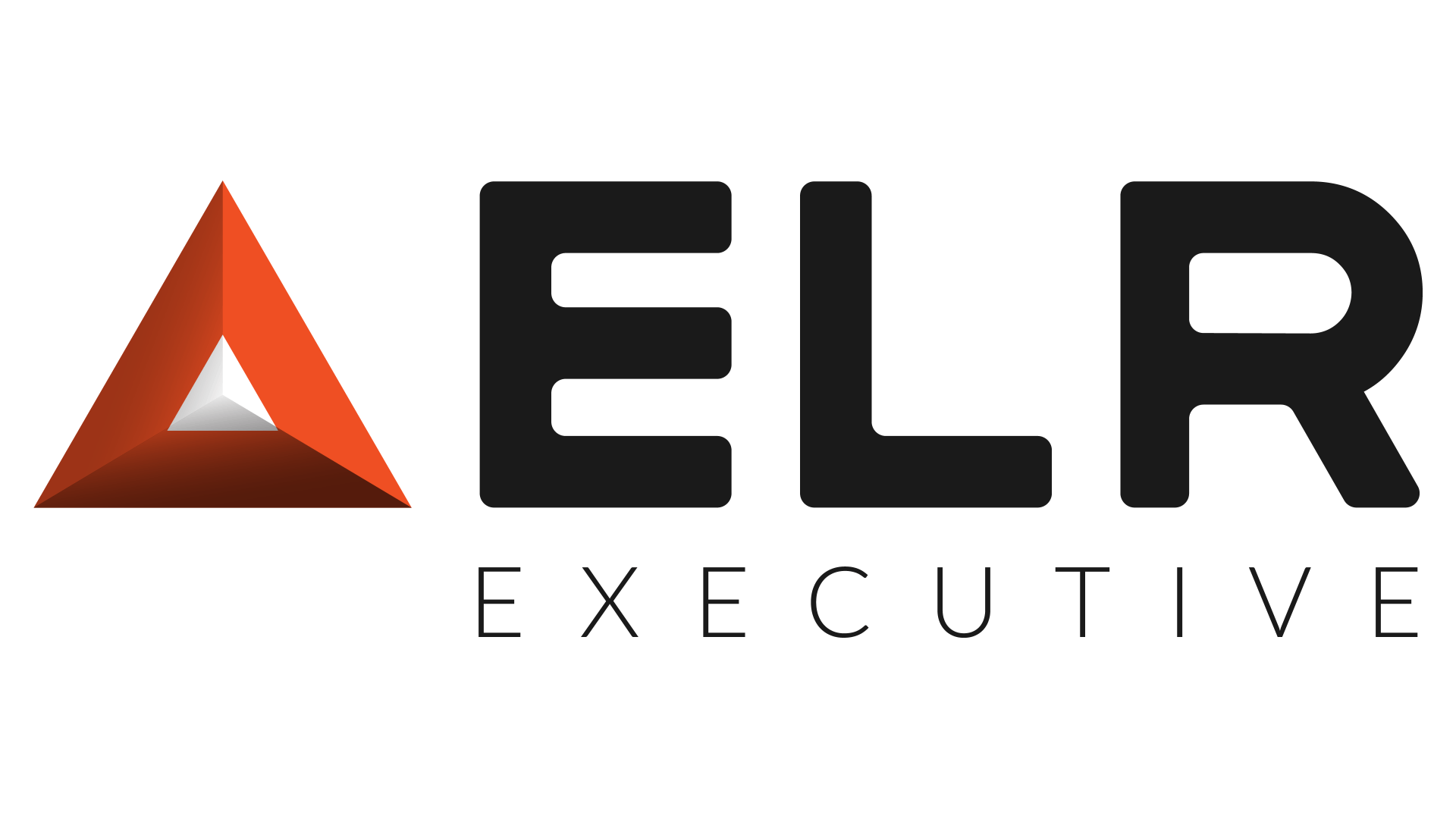Address
(Tower 2, Level 20, Darling Park)
201 Sussex Street
Sydney, NSW, 2000 Australia
Get in touch
Follow us
For the food & beverage and manufacturing industries, the COVID-19 pandemic created widespread challenges —everything from a surge in demand for food and beverage products, the manufacture and supply of packaging, raw materials and ingredients to staffing, distribution and logistics.
Rampant illness resulted in a reduction in workforces for many consumer goods organisations compounded the issues, forcing them to temporarily rely on untrained, unskilled workers or hire temporary help. Of course, this impacts efficiency, quality and potentially, food safety through mistakes in manufacturing or a potential lack of proper process controls, leading to higher risks, especially for food processing or manufacturing.
While close contact in food manufacturing environments is inevitable, social distancing is especially difficult on production lines where workers are typically within inches of each other. Measures like slowed production lines and socially distanced workers, whilst a feasible solution is difficult to maintain when high consumer demand pressures production facilities to operate at full capacity.
Manufacturing challenges aside, dispersed or remote working teams add another layer of difficulty to properly maintaining compliance with regulatory and best practice safety measures. Naturally, this throws up a range of safety, compliance and legal concerns for HR teams and business owners.
It’s been widely publicised and accepted that ‘hybrid’ work is predicted to continue, if not become the new norm. New COVID variants remain an ongoing risk, as such home working may well remain a critical safety measure for FMCG businesses. Moreover, employees increasingly value and expect some degree of working from home or flexible working at the least.
Given the continued pressures on businesses, there are a number of important factors start-ups and scale-up consumer goods companies must heed when making decisions around long-term hybrid-working, especially if they don’t have in-house HR or legal teams. Start-Up & Scale-Up FMCG Leaders need to be across a range of legal and HR regulatory and compliance requirements to successfully manage hybrid working over the long term.
The complexities of Industrial instrument restrictions on flexible work
Food & beverage manufacturers need to navigate the many industrial instruments that may restrict when and where work can be performed, when breaks must be taken and what amounts have to be paid to employees for work at different times. This adds a layer of complexity for hybrid working policies, which can make the retention of staff and casual workers challenging for executives and business leaders. Furthermore, attracting new employees can be difficult if restrictions that impact awards such as the Food, Beverage and Tobacco Manufacturing Award are not clearly communicated.
Cross-border hybrid work: The risks to compliance and insurance
For Australian FMCG businesses, it’s crucial to work closely with supply chain, distribution and 3PL partners in addition to managing employees working interstate or across jurisdictions since border restrictions create a number of challenges. Cross-border work, especially supply and distribution of goods or raw materials can impact state-based compliance requirements, including, for example, any changes regarding the jurisdictional coverage under discrimination and work health and safety laws and confirming the correct payroll tax and workers compensation arrangements are in place.
According to a study conducted by Aberdeen Group, 45% of supply chain executives say that they are experiencing increased pressure for regulatory compliance and internal compliance to contracts. To avoid the risk of bad reputation, ethical or compliance issues with suppliers, organisations need to carefully assess their suppliers both new and existing since supply chain risks have a direct impact on the firm’s profitability according to 69% of supply chain executives. In addition, the ability to meet customer demand (54%) and supply disruptions (50%).
Avoid Hybrid-Working Prejudice
The flexibility afforded by hybrid working can be considered one way in which employers can meet some employee expectations when it comes to diversity and inclusion. However, Start-Up & Scale-Up consumer goods organisations that employ a mix of office and site-based staff need to navigate hybrid working with care to ensure the pros don’t become cons.
Having learned to live with COVID-19, the sense of a return to normality in recent months could see a swift move by consumer goods companies to mandate a return to the office. Physically present employees will feel like a boon for employers, however, employee attitudes have changed and for many office workers, that will not be welcome news.
Navigating the tensions resulting from the paradox of low paid, casual staff who have had to work on-premise versus office workers who’ve enjoyed the flexibility of working from home needs careful handling by executives.
The COVID-19 pandemic put these casual workers in the front line, those in manufacturing, food and beverage production and retail were classified as essential. In contrast to office workers who could work from home, in effect protecting themselves from COVID-19 risk, many front-line workers had no choice but to work on site. HR leaders have been challenged to balance the safety and wellbeing of these workers while keeping them motivated and ensuring business continuity.
Employer responses such as paying bonuses have been band-aid reactions at best. Whilst bonuses may help to motivate workers in the short-term, broader, more considered approaches from HR are required to avoid longer-term problems. For example, base pay has generally not improved for these workers according to a study by Corkery & Mahashwari,
2020). Furthermore, access to sick pay and better health insurance or support for health & wellbeing hasn’t improved, despite employees facing increasing workloads and greater exposure to COVID-19 as consumer demand continued to rise. Needless to say, the mismanagement of this can be costly. Employers should give consideration to how they can help to support employees return to the office rather than implementing blanket policies on a full-time return to the office.
Managing Health & Safety Remotely
The benefits of ‘hybrid’ work don’t come without risk. Employers often have much lower visibility and practical control of remote working environments, in addition, the excess work hours, stress, anxiety, isolation or loneliness all need to be considered.
It’s the responsibility of business leaders to proactively take the necessary steps to support employees working remotely, through the regular communication of health and wellbeing messages addressing risks to physical safety and mental health.
Inclusivity and Wellbeing for remote staff
Whilst there are tangible benefits to hybrid-working, there is also the potential for unintended cultural consequences for teams who rarely interact in person. With employees and job seekers alike expecting greater efforts from employers to not only build diverse and inclusive company cultures but to empower and support the health and wellbeing of staff.
Ensuring employees feel connected and engaged has never been so important. Business leaders must proactively work to implement initiatives that bring employees together in ways that are meaningful and enjoyable for them. Setting aside the time and resources for public recognition, regular communication (especially for remote staff) and team building or social activities can help employees to feel included and valued.
Whilst technology and collaboration tools can certainly be useful to help enable greater communication, the onus is on leaders to ensure the initiatives and practices are established in the first place, ensuring these tools are used effectively. The key to success here is flexibility. Giving employees a role in determining what initiatives are implemented and how they are managed is critical. Organisations should be cognisant of the desires and expectations existing employees and future generations have of workplace culture. Both are increasingly interested and perceptive of what organisations are doing to safeguard health and well being and promote diversity and inclusion in the workplace, especially in light of what has been termed the ‘Great Resignation’ and the current war on talent.
How ELR Can Help
At ELR Executive, we recognise that FMCG Start-ups and Scale-ups may not have the in-house HR and Legal expertise to safely navigate the complicated legal and compliance regulations to properly manage and safeguard staff and themselves in a hybrid working environment over the longterm. We work closely with our partners to help them identify talent who are skilled in handling the complexities of human capital management for the consumer goods industry.
If you’re interested in understanding how we can help develop a talent pool of future leaders, you can arrange a confidential discussion with one of our experts today by clicking this link 'chat'.


Regional Areas We Service
NSW
VIC
QLD
SA
All Rights Reserved | ELR Executive Pty Ltd

